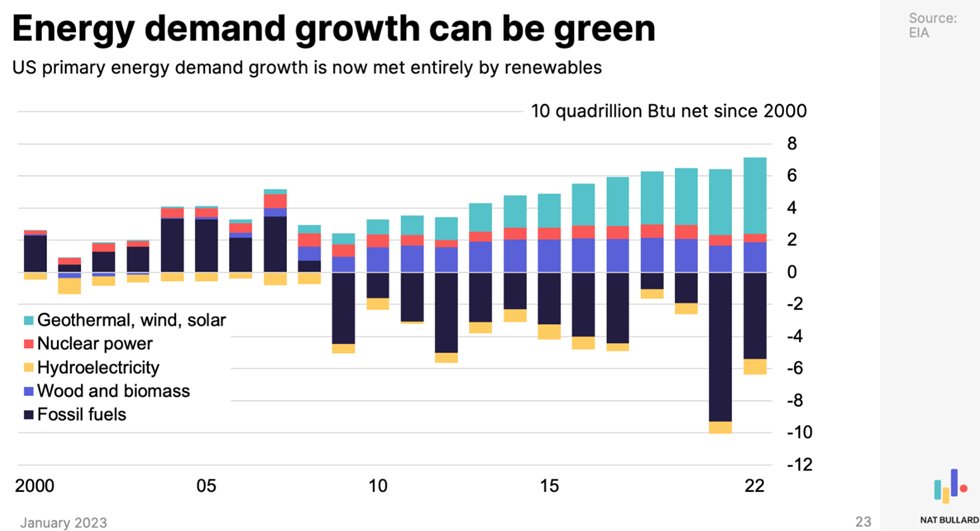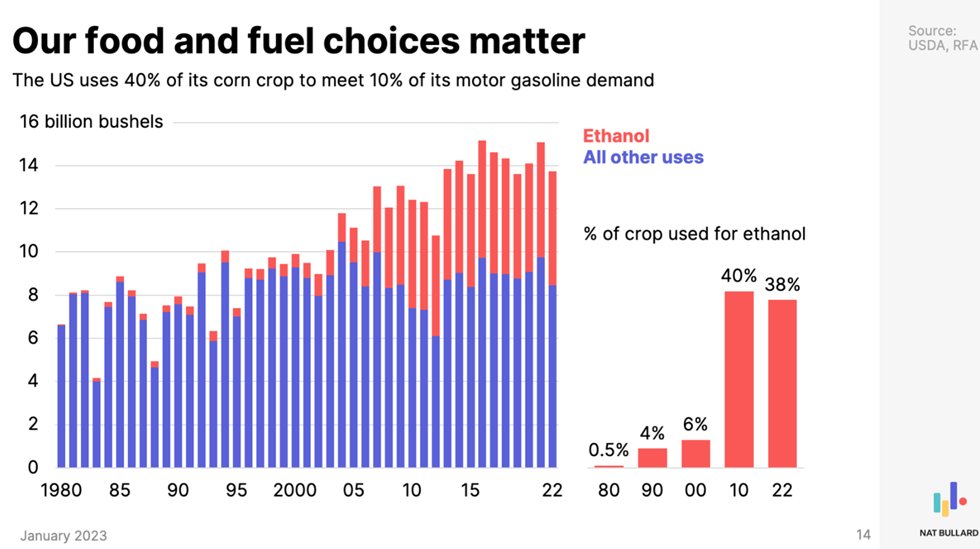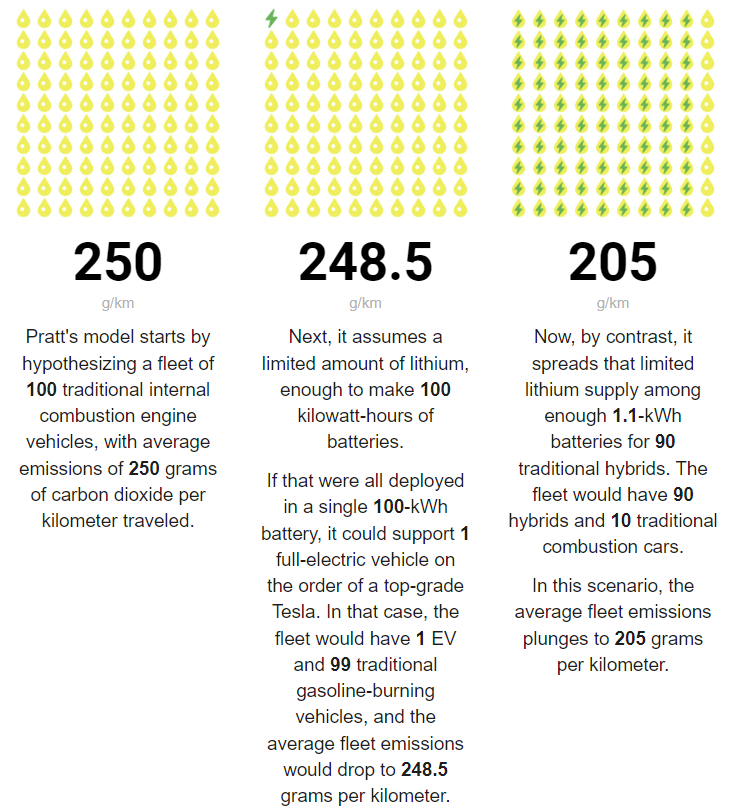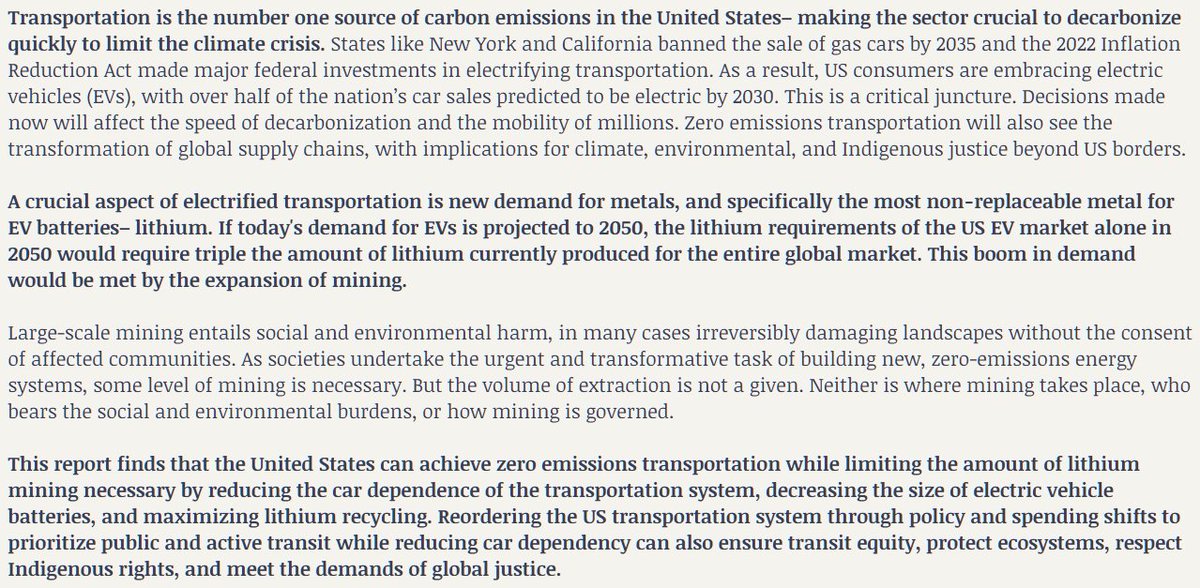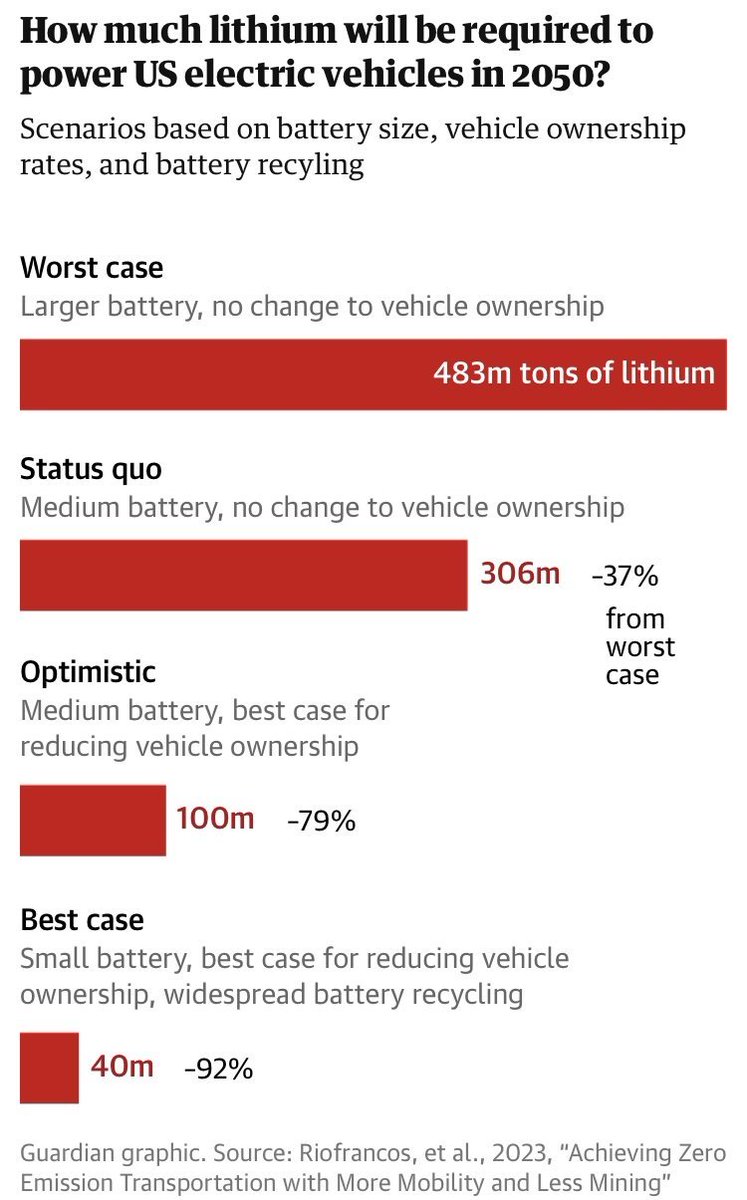
The IEA continues to underestimate solar and the discrepancy remains stunning.
The first time I conceived of this visualization in 2010 or so, I expected it to be a temporary anomaly.
But reality continues to outpace predictions.
(Thx @CarbonBrief for making the update.)
The first time I conceived of this visualization in 2010 or so, I expected it to be a temporary anomaly.
But reality continues to outpace predictions.
(Thx @CarbonBrief for making the update.)
https://twitter.com/DrSimEvans/status/1626611205887471617
Maybe you think: this can't possibly be true!
If so you are not alone.
But it goes back to the first IEA PV predictions from 2002.
Here's a blogpost where I explain how and why I made this graph.
(And yes, that's my younger self, minus the beard.)
maartensteinbuch.com/2017/06/12/pho…
If so you are not alone.
But it goes back to the first IEA PV predictions from 2002.
Here's a blogpost where I explain how and why I made this graph.
(And yes, that's my younger self, minus the beard.)
maartensteinbuch.com/2017/06/12/pho…

Why the underestimation?
Maybe because fuel is burned and lost, while the solar industry produces an exponentially growing number of devices that each produce energy for 20-40 years.
Here's a blog with many more of my speculations:
maartensteinbuch.com/2017/10/20/bet…
Maybe because fuel is burned and lost, while the solar industry produces an exponentially growing number of devices that each produce energy for 20-40 years.
Here's a blog with many more of my speculations:
maartensteinbuch.com/2017/10/20/bet…
And before you go:
"but the wind doesn't always blow and the sun doesn't always shine"
We know!
But you can still make a 100% renewable energy system work like a cost-effective charm, as hundreds of researchers have shown by now.
"but the wind doesn't always blow and the sun doesn't always shine"
We know!
But you can still make a 100% renewable energy system work like a cost-effective charm, as hundreds of researchers have shown by now.
https://twitter.com/AukeHoekstra/status/1557466581185224704
• • •
Missing some Tweet in this thread? You can try to
force a refresh





